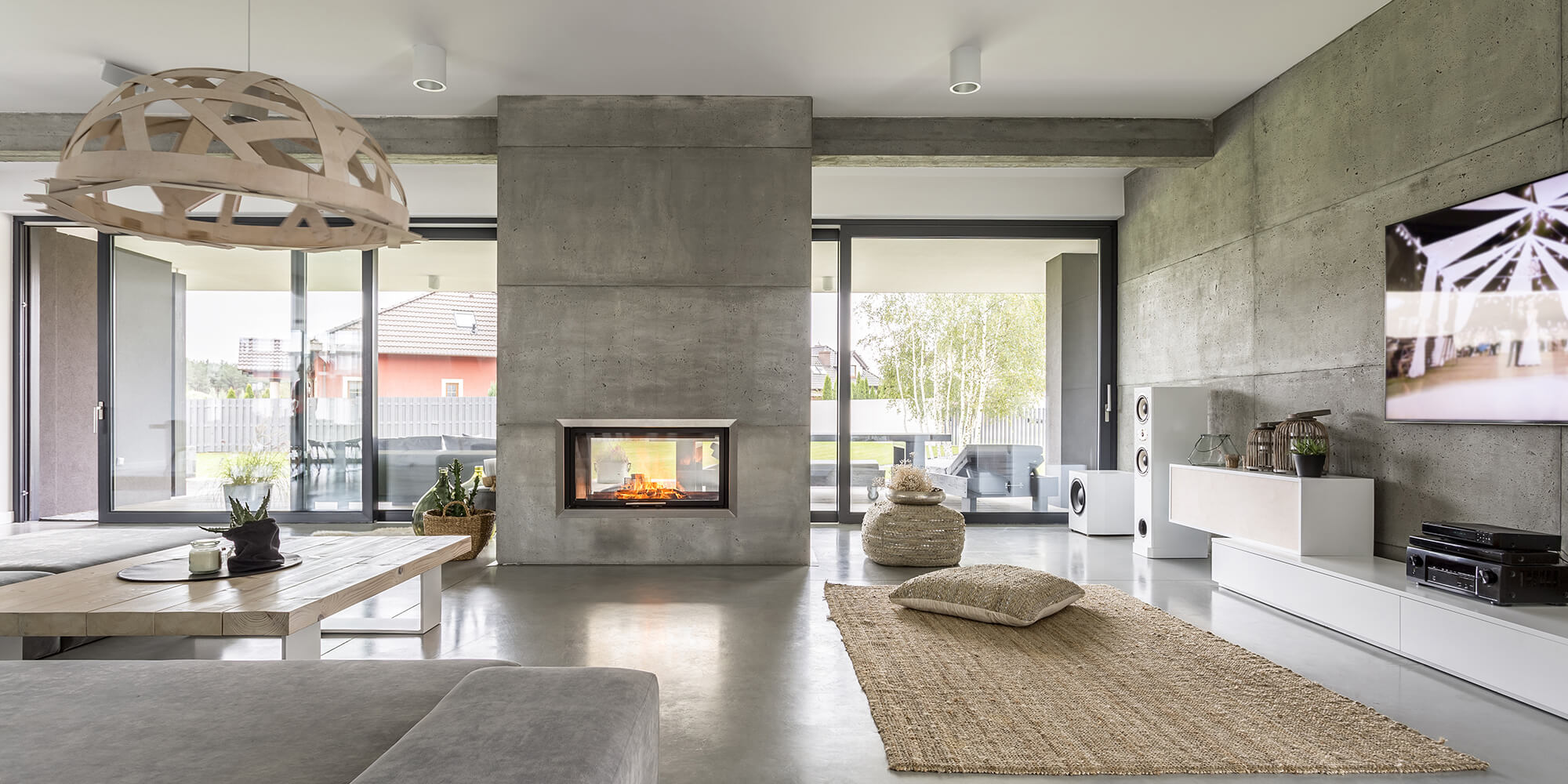Advertisement
Activists have long called for the construction industry to ditch concrete. Back in 2019, there were calls at the Architecture of Emergency climate summit to stop using this building material because the four billion tons of cement produced each year account for 8% of global carbon dioxide emissions.
According to reports, the built environment is thought to be responsible for around 40% of global CO2 emissions. Construction materials such as concrete and steel are to blame – every ton of steel produced in 2018 emitted on average 1.85 tons of carbon dioxide. With climate change at the top of the agenda, we explore the alternatives to steel and concrete.
1. Bamboo
Bamboo is sustainable and easy to grow, and South Africa has the perfect conditions for cultivation. Bamboo can be used in several ways – from flooring and furniture to chopping boards and even toothbrushes.
Advertisement
Back in 2019, Estate Living wrote about how Earl Patrick Forlales, a young bamboo housing pioneer based in the Philippines, took it a step further … building bamboo houses.
Fast-forward to 2021, and bamboo has been used as a construction material to build a school – this was highlighted at the Build Better Now exhibition at COP26 in Glasgow.
2. Green cement
Cement has become an essential building material, but it is environmentally unfriendly. However, it’s possible to make cement green.
Estate Living has written about how a Danish consortium of companies and organisations worked together to produce green cement by tweaking the recipe. Portland Cement has for centuries been made from 90% cement clinkers and equal parts of limestone and gypsum, but the green cement is composed of only 62% cement clinkers, 17% calcined clay and 17% limestone, with the remaining 4% gypsum.
Engineers at Rice University in Texas have also manufactured an alternative. The Texans replicated an ancient Roman recipe using fly ash. It took them a while to hit upon the right proportions of fly ash, lime, silica, and other materials – but they created a cement using about 80% fly ash.
Fast-forward to 2021, and investors are throwing billions at companies coming up with greener cements. For example, earlier this year it was reported that Breakthrough Energy Ventures, which is led by Bill Gates, invested in low-carbon cement producer Ecocem Materials Ltd.
3. Sustainable, renewable transparent wood
In June this year, Estate Living highlighted how researchers in Sweden have succeeded in making a transparent wood that is strong enough to use as a structural element. It’s not yet widely available, but it has the potential to profoundly affect the construction industry.
This transparent wood is the answer to replacing glass, because while glass is a recyclable substance, it is still a non-renewable resource that requires the mining of silica, and significant energy input for production.
4. Recycled steel
Steel can be infinitely recycled without loss of quality. It is the most recycled material on Earth and is recycled more often than plastic, paper, aluminium and glass combined, according to reports. Recycled steel has all the benefits of steel – it’s strong and durable, but also saves on energy costs.
5. Recycled wood
The benefits of using recycled wood are obvious – no more cutting down trees and pillaging our forests, especially our rain forests, which help to keep our planet healthy by absorbing carbon dioxide and releasing oxygen.
These are just five of the many eco-friendly building materials out there that can be used as an alternative to concrete and steel. It is essential that we all pull together to save the environment – we can’t just leave it to the politicians to make all the decisions.



